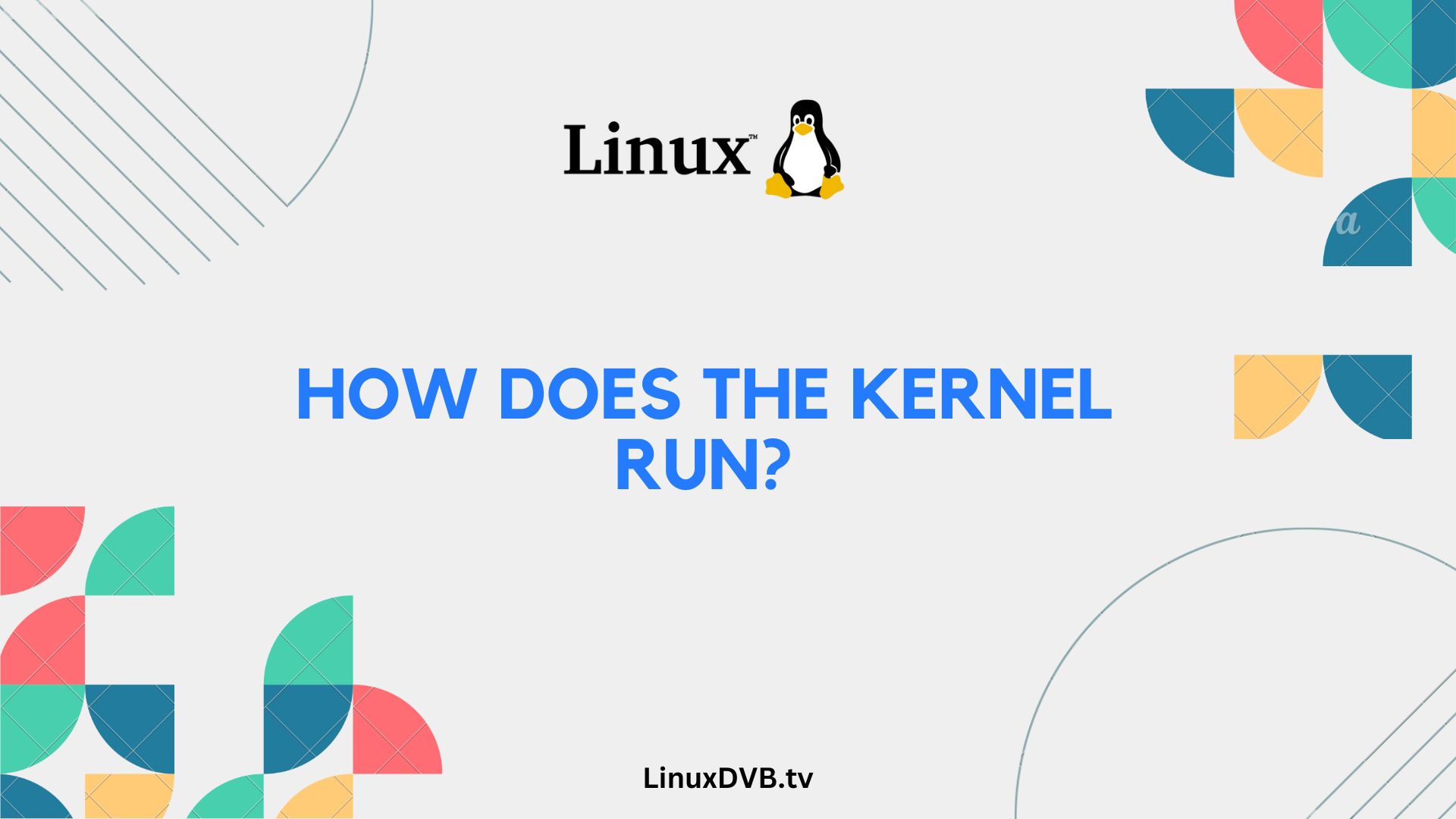The kernel is the unsung hero of your computer’s operating system. It works tirelessly behind the scenes, managing hardware resources, scheduling tasks, and ensuring the smooth operation of your device. In this detailed guide, we’ll unravel the mysteries of how does the kernel run and gain a deeper understanding of its critical role in modern computing.
Table of Contents
How Does the Kernel Run?
The Kernel: An Introduction
Let’s kick things off by delving into the fundamental concept of the kernel. At its core, the kernel is the central component of an operating system that acts as a bridge between software and hardware. It plays a pivotal role in managing system resources, providing a secure environment, and facilitating communication between applications and hardware components.
Kernel Initialization
To comprehend how the kernel runs, we must start from the very beginning—kernel initialization. This phase involves bootstrapping the kernel, loading essential modules, and setting up the initial environment for the operating system. We’ll explore this crucial step in detail.
Process Management
One of the key responsibilities of the kernel is process management. It oversees the execution of various processes, allocating CPU time, memory, and other resources. Learn how the kernel juggles multiple tasks and ensures that your system runs efficiently.
Memory Management
Memory management is another critical aspect of the kernel’s operation. Discover how the kernel manages physical and virtual memory, handles memory allocation and deallocation, and prevents memory leaks.
Device Drivers
For hardware components to communicate with software, they rely on device drivers. The kernel handles these drivers, allowing peripherals like printers, keyboards, and graphics cards to function seamlessly. We’ll uncover the inner workings of device driver management.
File System Management
Your files and data are stored and organized by the file system, which is under the kernel’s jurisdiction. Understand how the kernel manages file systems, supports different file formats, and ensures data integrity.
System Calls
System calls act as the bridge between user-level applications and the kernel. Learn how applications request services from the kernel through system calls and how the kernel processes these requests.
Kernel Security
Security is paramount in modern computing, and the kernel plays a vital role in ensuring your system’s safety. Explore the security mechanisms implemented by the kernel, such as user privileges, access control, and sandboxing.
Kernel Updates and Maintenance
Operating systems evolve over time, and so does the kernel. Discover how kernel updates and maintenance are carried out to address bugs, improve performance, and enhance security.
Real-Time Kernel
In specialized applications like robotics and aerospace, real-time kernels are crucial. We’ll explore what sets real-time kernels apart and how they ensure precise timing and responsiveness.
Microkernels vs. Monolithic Kernels
Kernels come in various flavors, with microkernels and monolithic kernels being two prominent types. Learn about their differences, advantages, and use cases.
Kernel Panics and Troubleshooting
Even the most robust systems can encounter issues. Find out what kernel panics are, how to troubleshoot them, and prevent them from disrupting your computing experience.
Kernel Customization
For advanced users and developers, kernel customization is a powerful tool. Explore the process of customizing the kernel to tailor it to your specific needs.
Kernel Debugging Tools
When things go awry, debugging tools come to the rescue. We’ll introduce you to essential kernel debugging tools and techniques to diagnose and fix kernel-related problems.
Kernel Community and Development
The kernel is an open-source project with a vibrant community of developers. Learn about the collaborative efforts that drive kernel development and innovation.
Future Trends in Kernel Technology
As technology advances, so does the kernel. Discover the future trends and innovations in kernel technology that promise to shape the computing landscape.
FAQs
Is the kernel the same as the operating system?
No, the kernel is a crucial component of the operating system, but it is not the entire operating system. The operating system includes other components like libraries, utilities, and user interfaces.
Can I modify the kernel on my computer?
Yes, if you have the technical expertise, you can customize and modify the kernel to suit your specific requirements. However, this should be done with caution, as it can potentially destabilize your system.
What is the difference between a monolithic kernel and a microkernel?
A monolithic kernel contains all essential operating system functions in a single executable image, while a microkernel keeps core functions minimal and places additional services in user space. Monolithic kernels tend to be more efficient but less modular than microkernels.
How often should I update my kernel?
It’s a good practice to keep your kernel up to date by installing official updates and security patches. The frequency of updates depends on your operating system and hardware.
Are there alternatives to the Linux kernel?
Yes, there are alternative kernels like the Windows NT kernel and macOS kernel, each designed for their respective operating systems.
Can I contribute to kernel development?
Absolutely! The kernel development community welcomes contributions from developers worldwide. You can start by exploring open-source kernel projects and getting involved.
What does a kernel do?
A kernel is the core component of an operating system that manages hardware resources, provides essential services, and acts as an intermediary between software and hardware.How does the kernel run?
The kernel runs in privileged mode, directly accessing hardware resources and executing critical system tasks, while user-level programs interact with the kernel through system calls to perform various operations.Conclusion
The kernel is the unsung hero that powers your computer’s operating system, ensuring its stability and efficiency. In this comprehensive guide, we’ve explored the intricate workings of how does the kernel run. From initialization to process management, memory handling to security measures, we’ve unveiled the inner workings of this critical component. With a deeper understanding of the kernel, you’ll appreciate its role in modern computing and the countless hours it saves you from encountering system errors.

